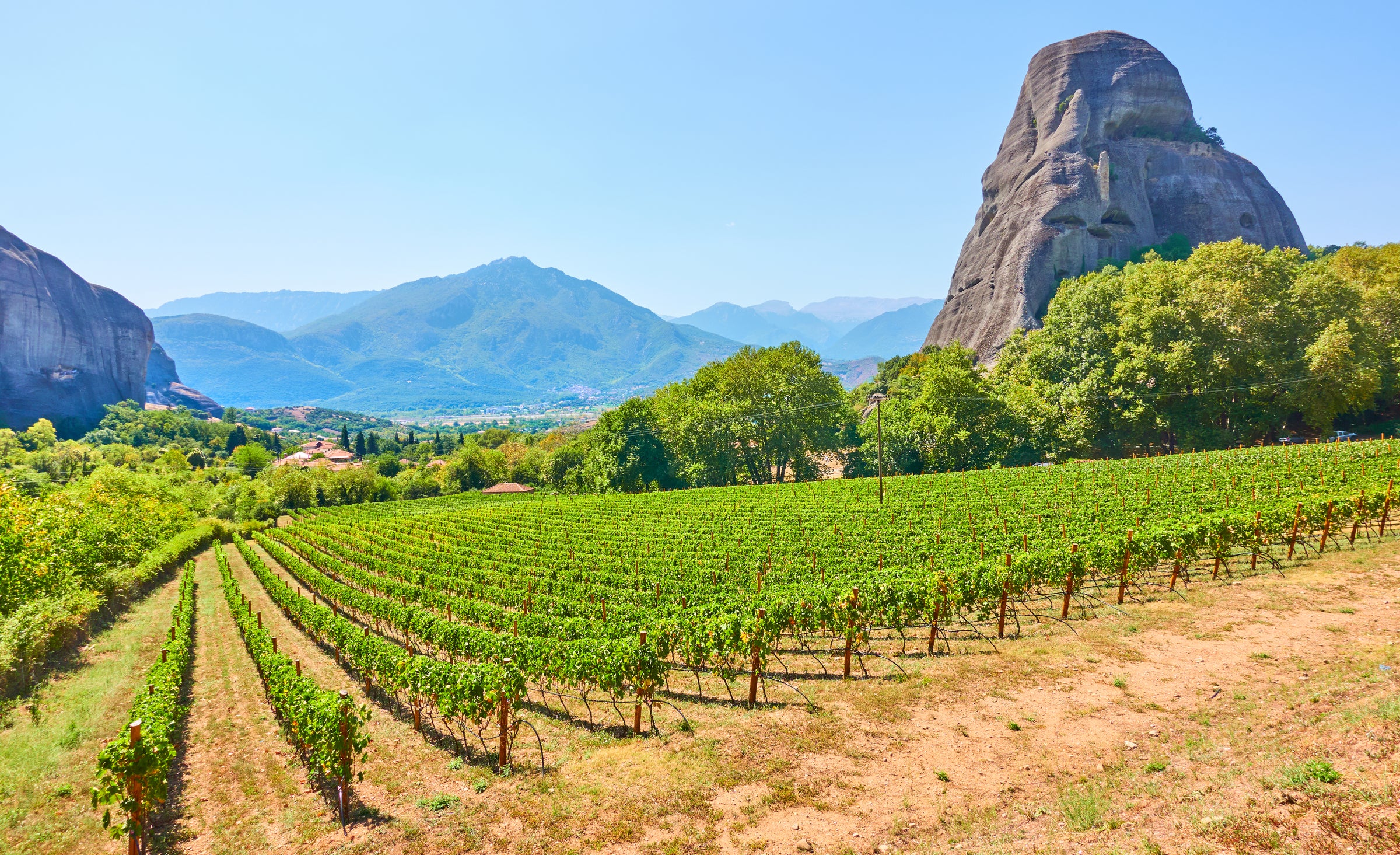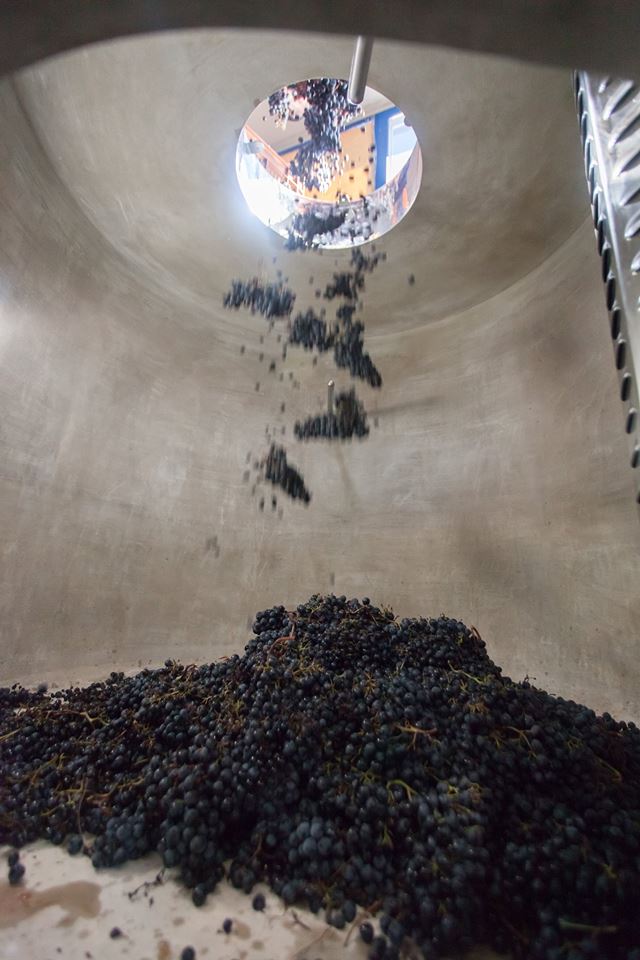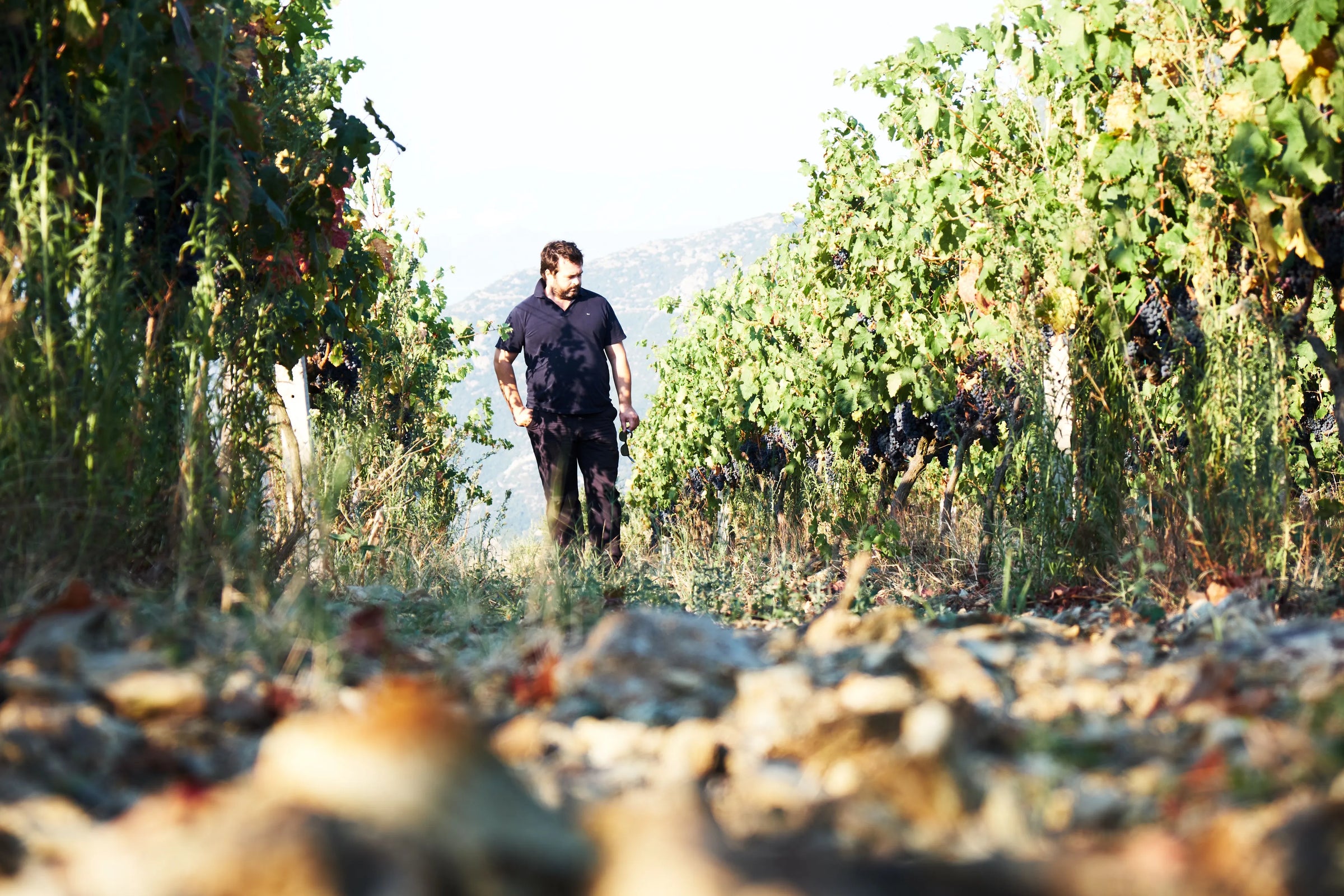It’s exciting to see some of the oldest of the Old World European wine cultures finally get some traction in our market. This year we’ve thrilled with wines from Greece, Portugal, Hungary, Georgia (the Eurasian one), and other far-flung spots, and in each instance, we’ve encountered wines that are much more than curiosities: These are world-class wines that merit more than just a sip for education’s sake.
Best of all—market traction notwithstanding—these wines tend to be scandalously inexpensive given their quality. Today’s deep, spicy, super-satisfying red from the Nemea region of Greece, now singing a siren’s song after some considerable bottle age, is a perfect example. Nemea is arguably Greece’s best-known, best-regarded wine appellation, with many relatively well-known producers shipping wine here, but pricing, as is plain to see, has yet to catch up. And if you haven’t already, it’s time to get to know one of Greece’s truly great native red grapes: Agiorgitiko (ah-your-YEE-tee-koh). Native to the Peloponnese Peninsula and now the most-planted red variety in Greece, this variety hints occasionally at other more-familiar grapes (some liken it to Italian Sangiovese), but ultimately, it is incomparable. There’s a lot of dark berry fruit and warm, wintry spice but also remarkable brightness and aromatic lift. It’s a red wine that feels both deep and substantial but light on its feet at the same time. Not only will you like it, you will want to re-visit it regularly, and at this price, that will be very easy to do!
The Inomessiniaki Winery itself is based in the Peloponnese city of Kalamata, while the vineyards supplying the Agiorgitiko for this wine are about an hour to the northeast in the Nemea region. While Nemea and Agiorgitiko are fairly well known—it is a small but populous appellation with some big-name producers in its ranks, such as Gaia Estate,
Boutari, and Skouras—it’s still a bit of a slog through some front-label word salad to figure out what you’re drinking: The Nemea growing zone is in the northeastern Peloponnese, so named for an ancient town in the foothills of the Arcadian mountains. The vineyard terrain in Nemea is a mix of alluvial gravel and reddish clay that is high in iron, which, as in other areas of the world with this kind of red soil, lends a sanguine quality to the reds. It’s an arid, but relatively cool, climate, with wide diurnal shifts in temperature, and Agiorgitiko is the only authorized red variety in the appellation (known in Greece as a PDO, or “Protected Designation of Origin”).
In my experience, Nemea reds range in style from lighter-bodied and somewhat Cru Beaujolais-like to darker, more tannic, and more substantial. Today’s wine from Inomessiniaki falls on the fuller end of the spectrum, although it’s had enough time in bottle for its tannins to resolve. It remains satisfyingly dark in color, a nearly opaque garnet with black and purple highlights, and the aromas are an explosive mix of crushed blackberry, brandied cherries, black plum, dark chocolate, nutmeg and other warm spices, violets, and Mediterranean herbs. It starts out feeling like a big, dark blockbuster but then hits you with a surprisingly lively, fresh feel on the palate—the tannins are fine grained, the alcohol moderate, and the acidity bright and mouthwatering without being at all sharp. The balance of black-fruited lusciousness and spicy savor is spot-on; it’s a boisterous, buoyant red that’s ready to enjoy now and over next 5+ years. If you are opening a bottle soon, decant it about 30 minutes before serving in Burgundy stems at 60-65 degrees, keeping an eye out for (slight) sediment. You’ll find a very well-balanced, classically structured red that still has lots of positive evolution still ahead of it—and for $22, no less! Obviously, you need to cook something Greek to go with it, even if you don’t normally cook anything Greek: The spices in Moussaka are tailor-made for this wine, so have at it. I think you will be duly impressed. Cheers!






